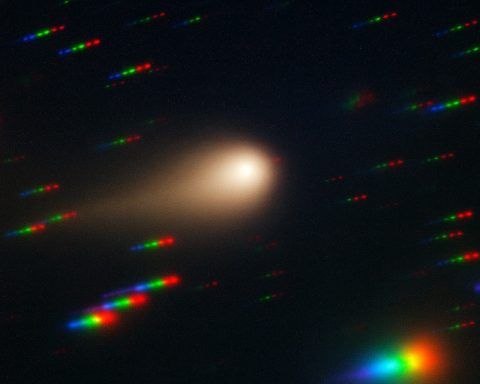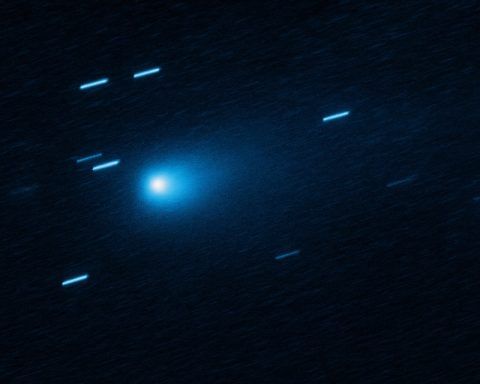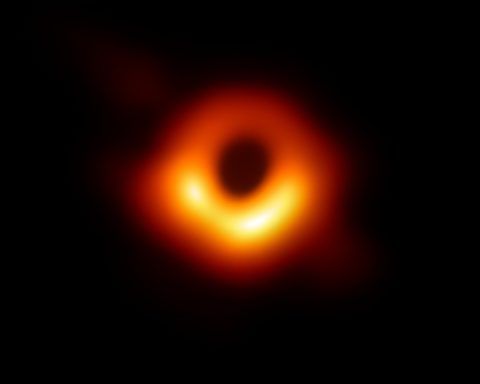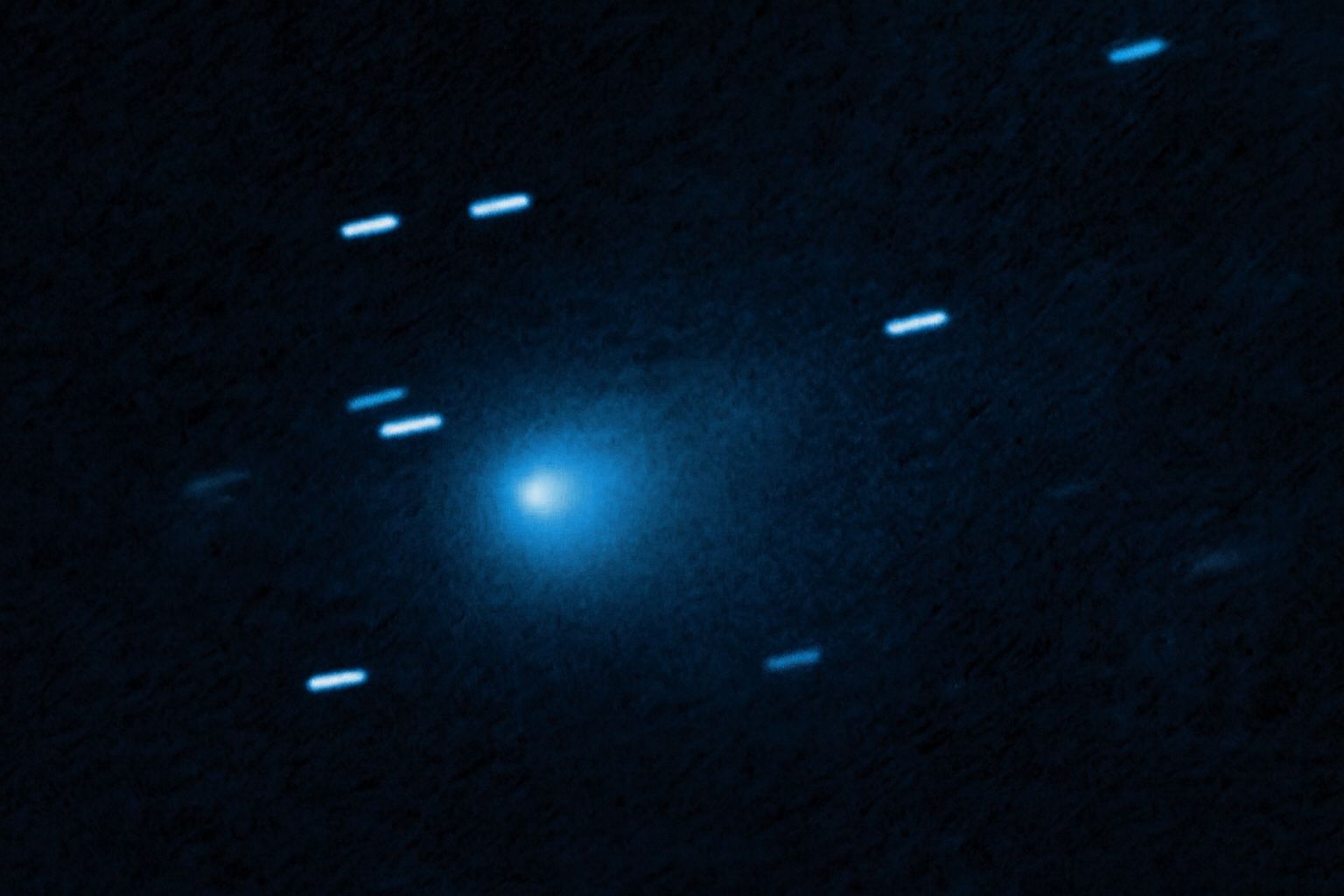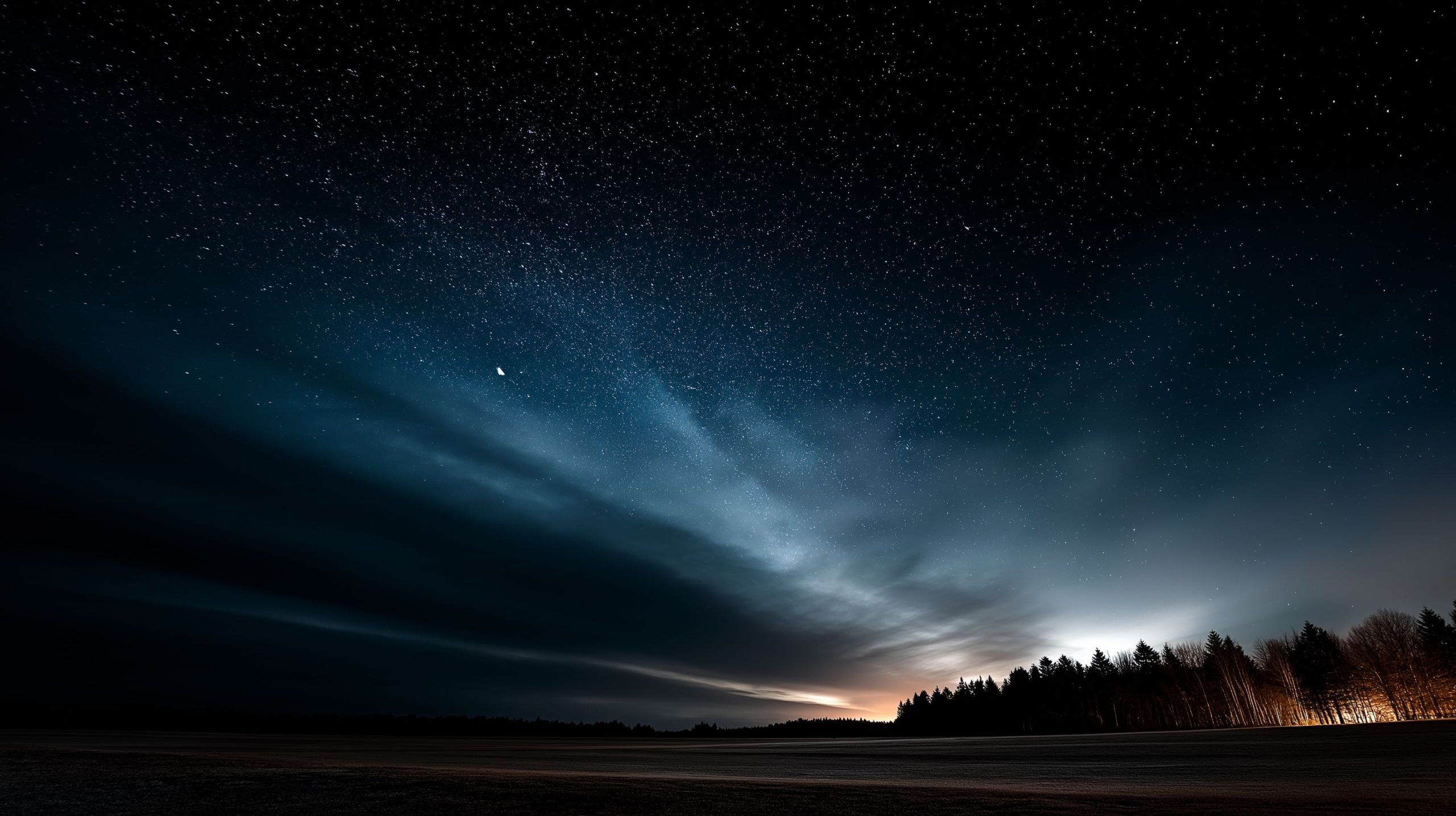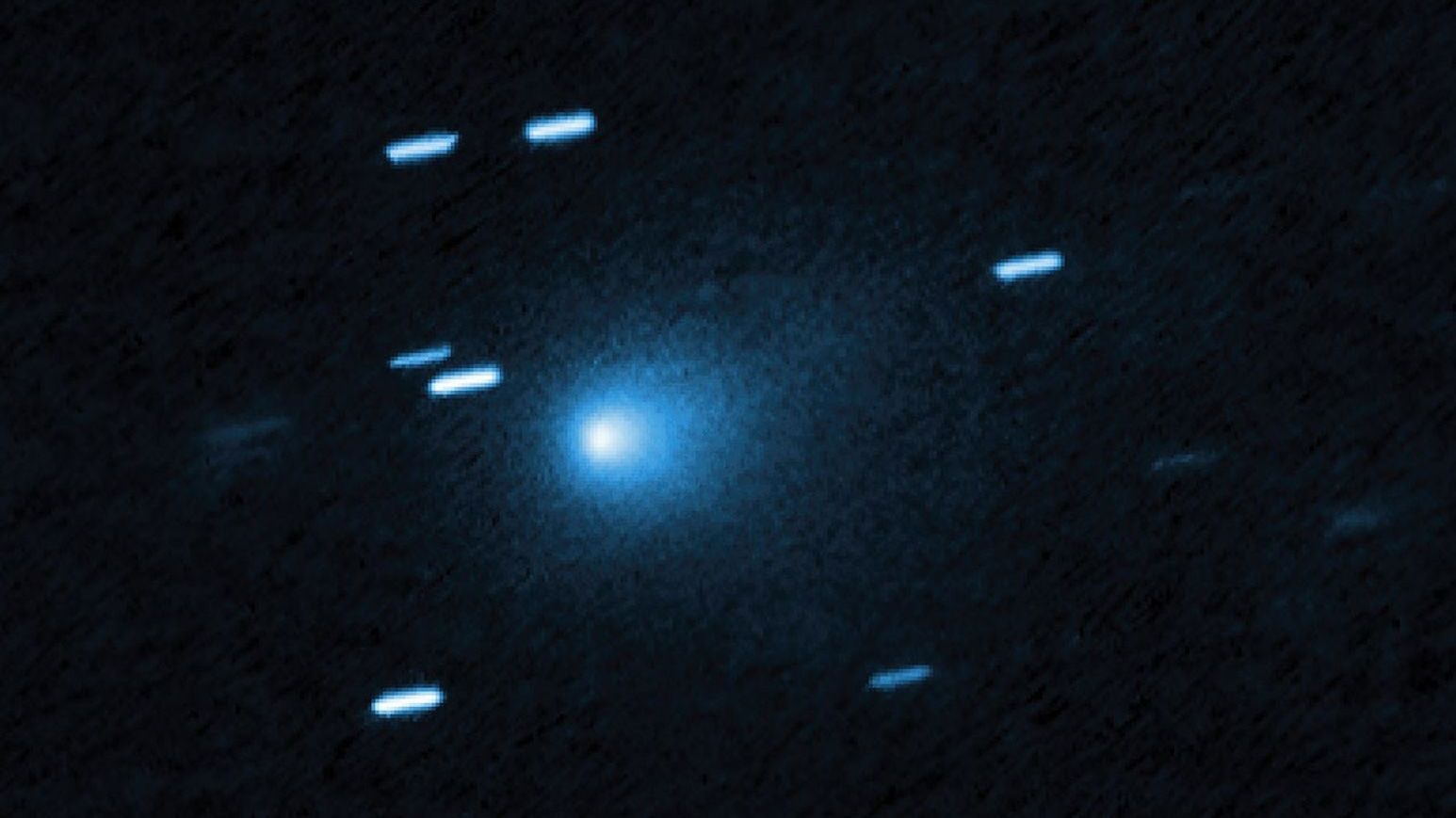
Comet 3I/ATLAS Today (Nov. 10, 2025): First Radio Signal Confirmed, Fresh Jet/Tail Images & What to Watch Next
Updated: November 10, 2025 — No threat to Earth; closest approach remains mid‑December. Key points at a glance What’s new today (Nov. 10) Radio proof of “cometness.” After weeks of speculation, astronomers have the clearest radio evidence yet that 3I/ATLAS behaves
